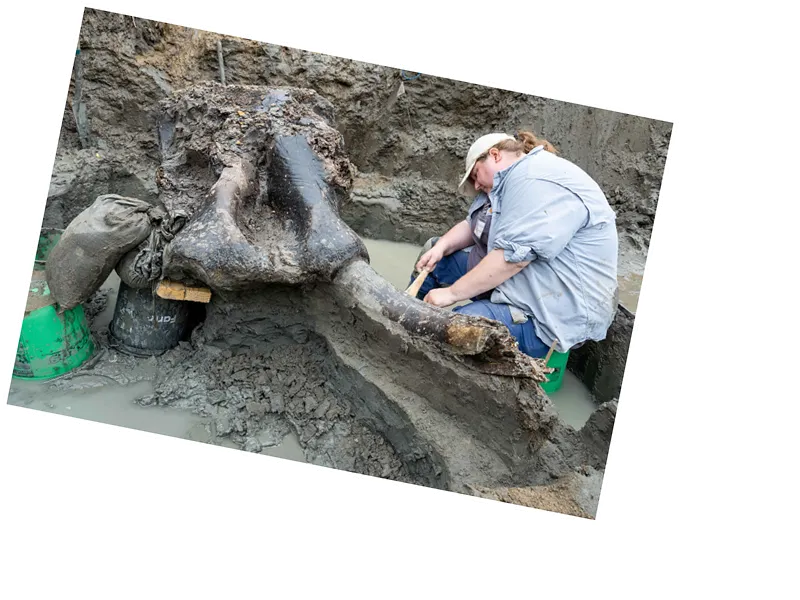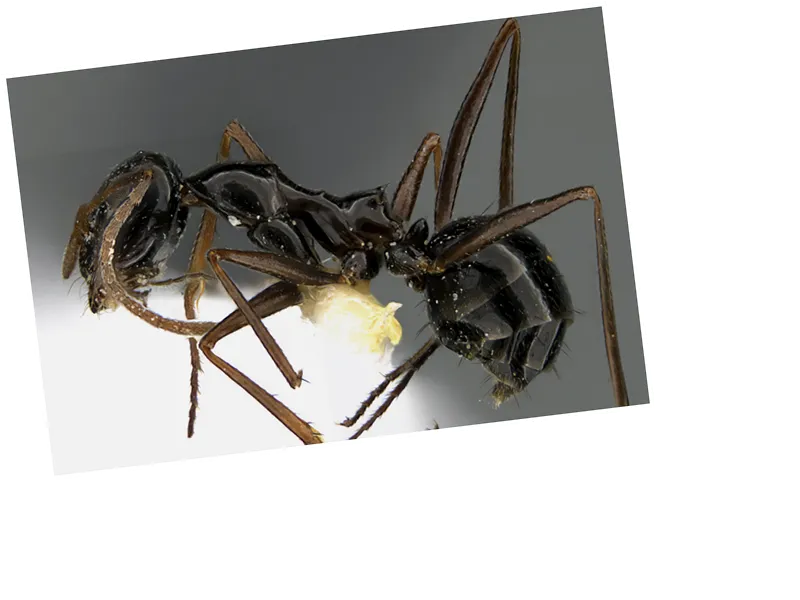Discovery of Quazio simpsonorum: One of Earth's Oldest Animals
A groundbreaking discovery has been made by a research team led by scientists from Florida State University, unveiling an early marine animal named Quazio simpsonorum. This ancient creature, believed to have existed around 555 million years ago, was found in Nilpena Ediacara National Park in South Australia, near the largest mountain range in the region. Measuring slightly smaller than the size of a human palm, Quazio is distinguished by a unique question mark shape in the middle of its body, which helps to differentiate its left and right sides.
Quazio simpsonorum is thought to have functioned like a mini marine vacuum cleaner, feeding on nutrients from microscopic algae, bacteria, and other organisms as it traversed the seafloor. The discovery was made possible by extensive research spanning over 20 years and was funded by NASA and the Australian Research Council. The area where Quazio was found is rich in microbial life, which formed organic mats on the seafloor, leaving preserved imprints on rock slabs. Researchers have uncovered distinct impressions of Quazio along with evidence of its movement, indicating a complex ecosystem that existed during that time.
Implications for Astrobiology and Ongoing Research
The discovery of Quazio simpsonorum not only sheds light on early marine ecosystems but also provides insights into potential life forms on other planets. Researchers from the University of Florida suggest that understanding these ancient organisms can help scientists envision what life could exist on celestial bodies, such as Jupiter's moon Europa, which is currently being explored by NASA's Europa Clipper spacecraft. This mission aims to investigate the icy surface of Europa for signs of life.
The research team expresses excitement about the ongoing exploration of the nearly 150,000-acre park, stating that every excavation yields new findings. The diversity of these early animal ecosystems indicates that life on Earth has a complex history, potentially offering clues about life beyond our planet.





